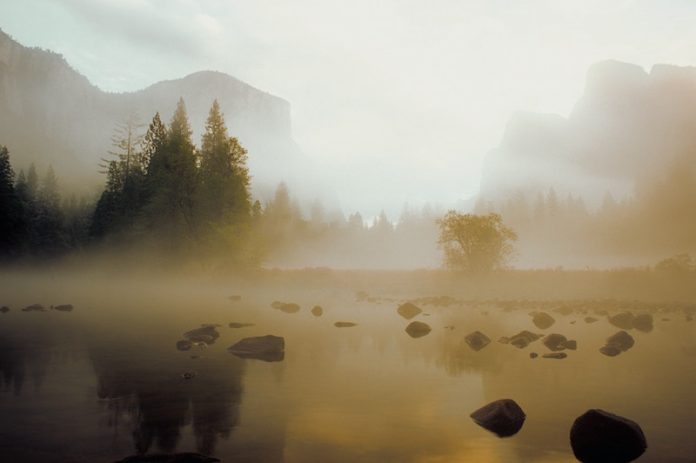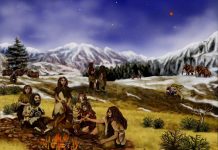
Long ago, during a time called the Late Paleozoic Ice Age, the Earth got really warm. This wasn’t because of cars or factories; it was because of ancient lakes.
A scientist named Dr. Liuwen Xia and his team from China have been trying to understand how these old lakes caused the Earth to heat up.
A Blast from the Past
The Late Paleozoic Ice Age happened about 304 million years ago. Back then, the world saw changes like melting ice, rising sea levels, and warmer seas.
These things are a lot like what we see today with climate change. And just like today, the reason for the heating was a gas called methane.
Methane is like carbon dioxide, but it’s much better at making the Earth warm. Most of the methane in the air comes from tiny living things, smaller than we can see.
These tiny creatures live in places like the stomachs of cows, swamps, and ancient lakes.
The Power of Little Creatures in Ancient Lakes
Dr. Xia’s team looked at an old lake place in northwest China called the Junggar Basin. They dug into the ground and took out bits of rock.
By studying these rocks, they could learn about the tiny creatures that lived in the ancient lakes and how much methane they made.
They found out that a special kind of tiny creature loved the lake’s water. This creature made a lot of methane.
In fact, they found out that just from this kind of creature, the lakes could have made a lot of methane – as much as 2.1 big truckloads.
Now, why did these creatures make so much methane? It’s because of another gas – carbon dioxide. When volcanoes erupted, they put a lot of carbon dioxide into the air.
Rain carried this carbon dioxide into the lakes. In the lakes, the carbon dioxide turned into something called bicarbonate and carbonate.
These are like food for the tiny creatures. The more food they had, the more methane they made.
Today’s Lessons from Ancient Times
When you put all the ancient lakes together from around the world, they made a big difference in the Earth’s climate.
Just from the lakes in China, they might have made as much methane as 7521 big truckloads of carbon dioxide. That’s a lot!
Methane is very good at making the Earth warm. So, when we think about the climate today, we need to think about methane too.
There are still lakes around the world that make methane. If we can learn from the past, maybe we can find ways to reduce how much methane these lakes make.
Some ideas are to change the water in the lakes or put special dirt in them. But we have to be careful. Whatever we do might have other effects on nature.
Old stories of our Earth can teach us a lot. The Late Paleozoic Ice Age shows how ancient lakes, with the help of tiny creatures, warmed up the planet.
Today, as we face challenges with our changing climate, looking back might help us find ways to make a better future.
The study was published in Geology.
Copyright © 2023 Knowridge Science Report. All rights reserved.



